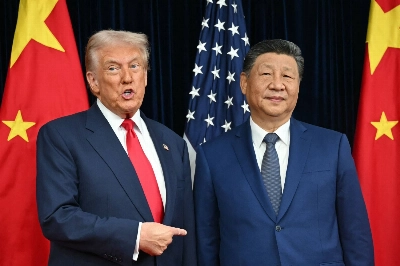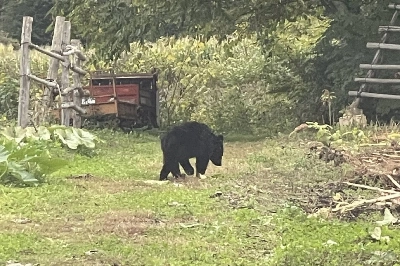The Muslim-majority valley of Kashmir has been under curfew since July 8, when Indian security forces killed a popular young separatist named Burhan Muzaffar Wani. Since then, security forces have killed nearly 50 demonstrators and injured thousands more. They're accused of attacking even ambulances and hospitals, while Indian authorities have cut off most cellular, landline and internet connections. Police raided local newspaper offices last week and banned publication for three days.
Kashmir has long been subject to the draconian Armed Forces Special Powers Act, which grants security forces broad-ranging powers to arrest, shoot to kill, and occupy or destroy property. The policeman who confessed last week to executing more than 100 suspected insurgents in the Indian state of Manipur no doubt has counterparts in Kashmir.
But the latest crackdown hints at an ominous escalation, symbolized by the pellet cartridges fired at demonstrators, which explode to scatter hundreds of metal pieces across a wide area. First used during large anti-India protests in 2010, the projectiles, originally round, are now sharp-edged, capable of inflicting deeper damage on the human body. More than 100 victims, many of them children playing near their homes, have been hit in the eyes and now face blindness.


















With your current subscription plan you can comment on stories. However, before writing your first comment, please create a display name in the Profile section of your subscriber account page.